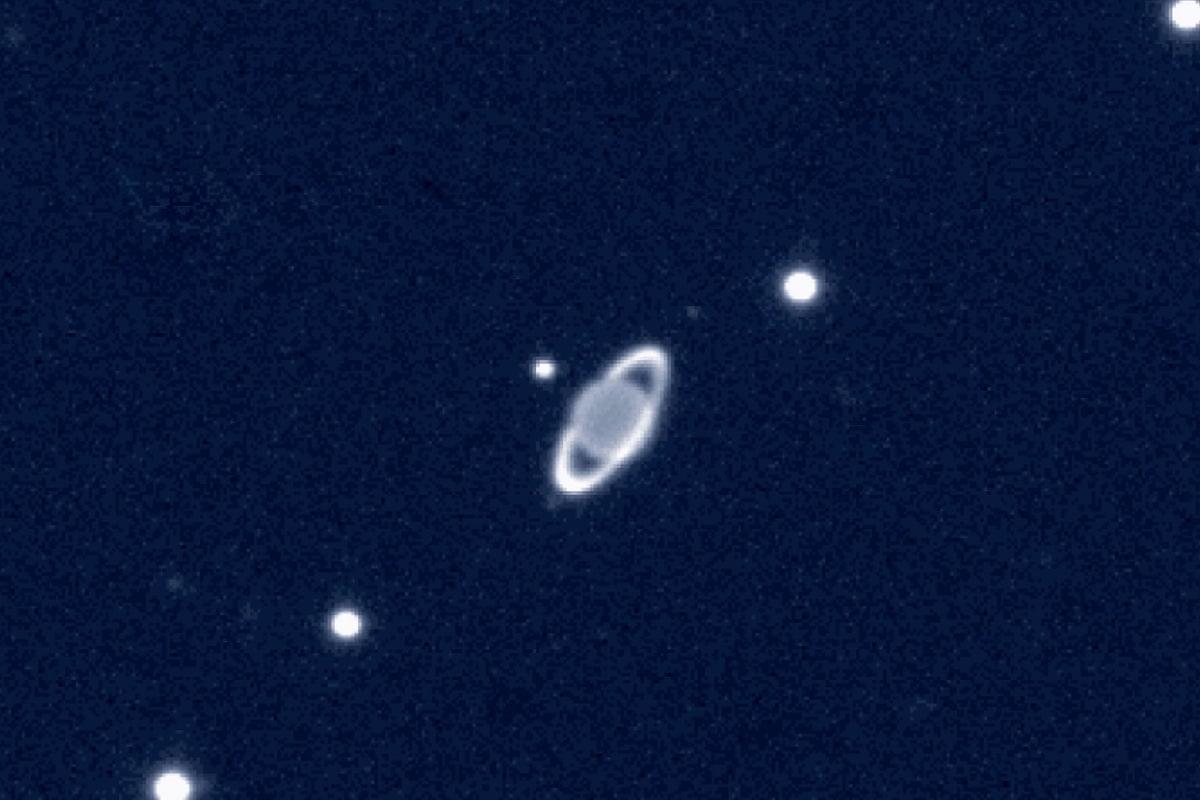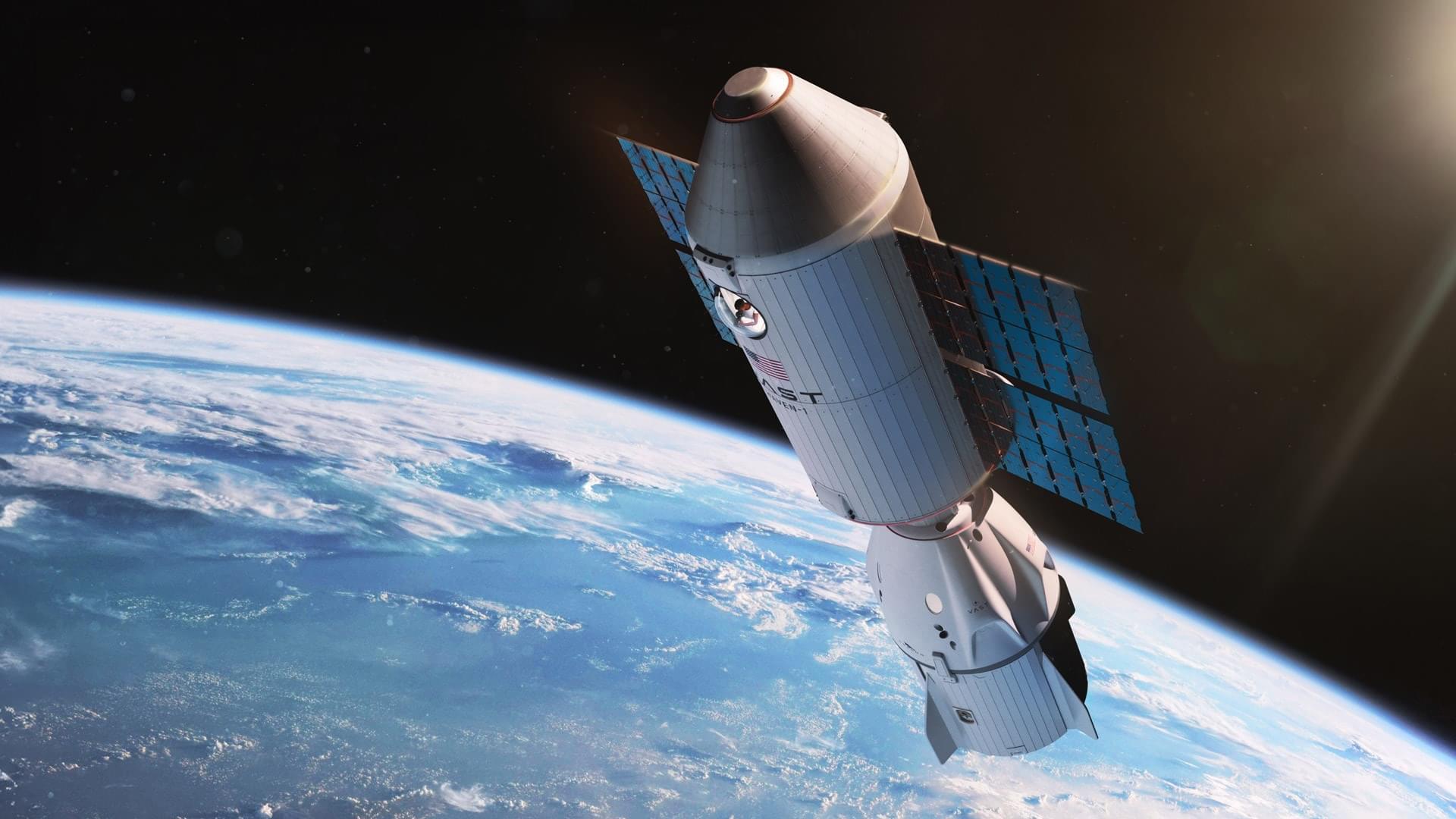New research explores the mechanics behind the “false vacuum” theory, the idea that the universe is in a state of only temporary stability.



Extraterrestrial landers sent to gather samples from the surface of distant moons and planets have limited time and battery power to complete their mission. Aerospace and computer science engineering researchers at The Grainger College of Engineering, University of Illinois Urbana-Champaign trained a model to autonomously assess and scoop quickly, then watched it demonstrate its skill on a robot at a NASA facility.
Aerospace Ph.D. student Pranay Thangeda said they trained their robotic lander arm to collect scooping data on a variety of materials, from sand to rocks, resulting in a database of 6,700 points of knowledge. The two terrains in NASA’s Ocean World Lander Autonomy Testbed at the Jet Propulsion Laboratory were brand new to the model that operated the JPL robotic arm remotely.
The study, “Learning and Autonomy for Extraterrestrial Terrain Sampling: An Experience Report from OWLAT Deployment,” was published in the AIAA Scitech Forum.

Geologically, Mars is very reminiscent of the moon. But it also looks a lot like the Earth. It all depends on who you ask.
Current understanding of Mars’ evolution is based on spacecraft measurements and meteorite analysis. Those meteorites were ejected from Mars and traversed space before landing on Earth, where they were discovered primarily in African deserts and Antarctica. They come in two categories: shergottites and nakhlites. Each paints a distinctly different picture of Mars’ geologic history.
In a study published in the Proceedings of the National Academy of Sciences, LLNL researchers argue that samples retrieved from known locations on Mars by sample return missions could solve this conundrum.

Seven planets are set to appear in the night sky this month in a rare full planetary alignment.
Mars, Jupiter, Uranus, Venus, Neptune, Mercury and Saturn will appear in a row on the evening of 28 February, marking the last time for 15 years that all of the planets will be visible at the same time.
Planetary parades of four or five planets happen relatively regularly, though alignments of six or seven are remarkably rare.

NASA’s Europa Clipper is well on its way to Jupiter’s icy moon, Europa, set to arrive in 2030. While its science instruments remain dormant for now, its star trackers are actively working, snapping images of distant stars to help orient the spacecraft. These starfield images, which include the constellation Corvus, are crucial for navigation and ensuring the spacecraft can correctly align its antennas and instruments.

You’re probably a bit tired by now of all this talk about private space stations coming from all over. Fatigue, most likely, does not come from the fact that several private companies are now working on this, because that’s very exciting, but from the fact that, despite the chatter, nothing significant seems to be happening.
You must take into account, though, that putting together a habitat that can safely house humans in space for long periods of time is not an easy task, and it requires millions invested and years spent on developing the required tech.
That means we’re likely still years away from seeing such a thing come to life. It turns out that we’ll not have to wait for too many years, though, as the first crewed flight to a private space station is now planned for 2026.
Lagrange Points are the rare oases, stationary islands in space. As a result, they are invaluable real estate where we can build vast space habitats.
Watch my exclusive video Giant Space Monsters: https://nebula.tv/videos/isaacarthur–…
Get Nebula using my link for 40% off an annual subscription: https://go.nebula.tv/isaacarthur.
Join this channel to get access to perks:
/ @isaacarthursfia.
Visit our Website: http://www.isaacarthur.net.
Join Nebula: https://go.nebula.tv/isaacarthur.
Support us on Patreon: / isaacarthur.
Support us on Subscribestar: https://www.subscribestar.com/isaac-a…
Facebook Group: / 1583992725237264
Reddit: / isaacarthur.
Twitter: / isaac_a_arthur on Twitter and RT our future content.
SFIA Discord Server: / discord.
Credits:
Lagrange Point Space Settlement.
Episode 431; January 25, 2024
Produced, Written & Narrated by: Isaac Arthur.
Editors:
Anne Kopperud.
Briana Brownell.
Graphics:

Earth sized planet causes parent star to emit radio signals indicating presence of a magnetic field and potential for live elsewhere in the cosmos.
GoldBacks from Galactic/Green Greg’s affiliate link:
https://www.defythegrid.com/goldbacks… coupon code GreenGregs for 1% off Outstanding Antioxidant for Your Health: https://shopc60.com/ Use discount code: GreenGregs10 for 10% off Inspire your kids to love science! SAVE 20% OFF New Science Kits Using Code: NEWKITSSAVE20 https://www.pntra.com/t/SENKTExNSUhDR… For gardening in your Lunar or Mars habitat GalacticGregs has teamed up with True Leaf Market http://www.pntrac.com/t/TUJGRklGSkJGT… Awesome deals for long term food supplies for those long missions to deep space (or prepping in case your spaceship crashes: See the Special Deals at My Patriot Supply: www.PrepWithGreg.com For that off-grid asteroid homestead stock up with Lemans before you blast off: https://www.pntrs.com/t/SENJR0ZOSk9DR…

NASA’s Hubble Space Telescope has captured a cosmic bullseye. The gargantuan galaxy LEDA 1,313,424 is rippling with nine star-filled rings after an “arrow”—a far smaller blue dwarf galaxy—shot through its heart. Astronomers using Hubble identified eight visible rings, more than previously detected by any telescope in any galaxy, and confirmed a ninth using data from the W. M. Keck Observatory in Hawaii. Previous observations of other galaxies show a maximum of two or three rings.
“This was a serendipitous discovery,” said Imad Pasha, the lead researcher and a doctoral student at Yale University in New Haven, Connecticut. “I was looking at a ground-based imaging survey and when I saw a galaxy with several clear rings, I was immediately drawn to it. I had to stop to investigate it.” The team later nicknamed the galaxy the “Bullseye.”
Hubble and Keck’s follow-up observations also helped the researchers prove which galaxy plunged through the center of the Bullseye—a blue dwarf galaxy to its center-left. This relatively tiny interloper traveled like a dart through the core of the Bullseye about 50 million years ago, leaving rings in its wake like ripples in a pond. A thin trail of gas now links the pair, though they are currently separated by 130,000 light-years.